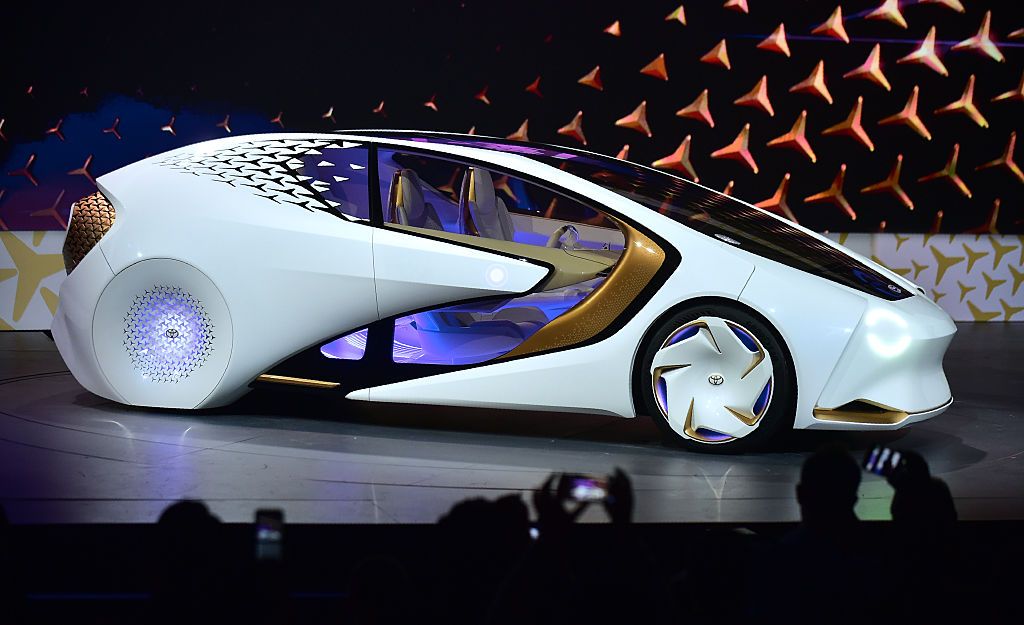The mid-to-late 1960s saw the rise of the American "pony car," an allusion to the highly successful Ford Mustang introduced in April 1964. It was followed by the Plymouth Barracuda, Chevrolet Camaro and this post's feature sporty automobile, American Motors' Javelin. Its Wikipedia entry notes that there were two "generations," over the 1967-1974 production span. The first was sold model years 1968-70, the second, actually a major facelift and not a true generational change, was marketed 1971-74.
Early Javelins were better looking than the facelifted ones. They also were more attractive than the first Barracudas and all contemporary Mustangs. I even think Javelins had an edge on Camaros due to the latter's Chevy II-dictated proportions. I briefly discussed first-generation Camaros here.
Vinyl covered tops were popular in the USA from the mid-1960s through the 1970s and even beyond, so many Javelins had them.
This is one of two images in this set showing a Javelin sans-Vinyl. It is a fine-looking car aside from the slightly too-small wheels.
Side view.
AMC styling director Richard Teague spent most of his career working for car makers with limited budgets. Beside ability and good taste, might that discipline have helped him direct the creation of a number of good designs? The Javelin front end is nicely handled, aided by the fact that government regulations regarding bumper protection were a few years in the future.
Another looking-down view.
This rear view shows how the roof is sail-panel blended into rear fender tops, creating a slightly sunken back window and trunk lid. Paradoxically, I get the impression that this lessens visual bulk at bit. The rest of the aft ensemble is very clean, again aided by less-crashworthy bumpers.
The mid-to-late 1960s saw the rise of the American "pony car," an allusion to the highly successful Ford Mustang introduced in April 1964. It was followed by the Plymouth Barracuda, Chevrolet Camaro and this post's feature sporty automobile, American Motors' Javelin. Its Wikipedia entry notes that there were two "generations," over the 1967-1974 production span. The first was sold model years 1968-70, the second, actually a major facelift and not a true generational change, was marketed 1971-74.
Early Javelins were better looking than the facelifted ones. They also were more attractive than the first Barracudas and all contemporary Mustangs. I even think Javelins had an edge on Camaros due to the latter's Chevy II-dictated proportions. I briefly discussed first-generation Camaros here.
Vinyl covered tops were popular in the USA from the mid-1960s through the 1970s and even beyond, so many Javelins had them.
This is one of two images in this set showing a Javelin sans-Vinyl. It is a fine-looking car aside from the slightly too-small wheels.
Side view.
AMC styling director Richard Teague spent most of his career working for car makers with limited budgets. Beside ability and good taste, might that discipline have helped him direct the creation of a number of good designs? The Javelin front end is nicely handled, aided by the fact that government regulations regarding bumper protection were a few years in the future.
Another looking-down view.
This rear view shows how the roof is sail-panel blended into rear fender tops, creating a slightly sunken back window and trunk lid. Paradoxically, I get the impression that this lessens visual bulk at bit. The rest of the aft ensemble is very clean, again aided by less-crashworthy bumpers.


















EmoticonEmoticon